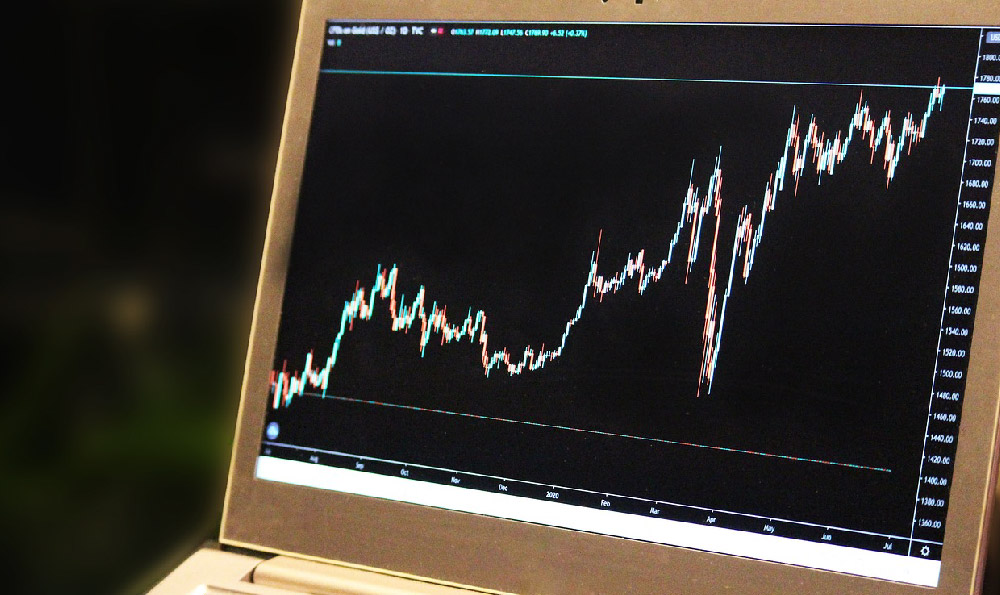Apple Inc. (AAPL) stands as a behemoth in the technology sector, a global brand recognized and admired. Investing in such a well-established company seems like a straightforward path to potential returns, but a thoughtful approach is crucial. Assessing whether or not to invest in Apple, and if so, how to do it strategically, requires a deep dive into the company's performance, market dynamics, and your own investment goals.
Before even considering buying Apple shares, one must thoroughly understand the company's current financial standing. This involves analyzing their financial statements, particularly their income statement, balance sheet, and cash flow statement. Pay close attention to revenue growth, profitability margins, debt levels, and cash reserves. A healthy balance sheet suggests financial stability, while consistent revenue growth and strong profit margins indicate a company that is performing well in its market. Apple's revenue streams are diverse, encompassing hardware (iPhones, iPads, Macs, wearables), software (iOS, macOS), and services (Apple Music, iCloud, Apple Pay, Apple TV+). Understanding the contribution of each stream to the overall revenue picture allows investors to gauge where Apple's strengths lie and identify potential vulnerabilities. For example, if iPhone sales are consistently declining while service revenues are increasing, it might signal a shift in Apple's business model and future growth drivers.
Beyond the financials, a solid understanding of Apple's competitive landscape is critical. The technology sector is fiercely competitive, with companies constantly vying for market share. Apple competes with Samsung, Google, Microsoft, and countless others. Analyzing Apple's competitive advantages, such as its brand loyalty, ecosystem integration, and innovation capabilities, helps assess its ability to maintain its market position. Is Apple consistently introducing innovative products and services that resonate with consumers? How effectively is it fending off competition from rivals? These are vital questions to consider. Moreover, staying abreast of industry trends, such as the rise of artificial intelligence, augmented reality, and the metaverse, is essential for evaluating Apple's long-term prospects. How is Apple positioning itself to capitalize on these emerging technologies? Are they investing in research and development in these areas? Their ability to adapt and innovate will be crucial for future success.

Investing in Apple comes with risks, just like any other investment. Macroeconomic factors, such as inflation, interest rate hikes, and global economic slowdowns, can impact consumer spending and Apple's sales. Geopolitical risks, such as trade tensions and supply chain disruptions, can also affect the company's operations. Additionally, company-specific risks, such as product recalls, cybersecurity breaches, and regulatory scrutiny, can negatively impact the stock price. Diversification is key to mitigating risk. It is unwise to put all your eggs in one basket, no matter how strong that basket seems. Building a diversified portfolio that includes stocks from different sectors, bonds, and other asset classes can help cushion the blow if Apple underperforms. This is particularly important if you are heavily reliant on your investment income for retirement or other essential needs.
Now, let's delve into the "how" of investing in Apple. There are several ways to gain exposure to Apple stock. The most direct approach is to purchase shares of Apple stock (AAPL) through a brokerage account. Brokerage accounts can be opened with online brokers like Fidelity, Charles Schwab, or Robinhood, each offering different commission structures and trading platforms. Before opening an account, research the different brokers and choose one that best suits your needs and investment style. Another option is to invest in exchange-traded funds (ETFs) that hold Apple stock. Many ETFs, particularly those focused on the technology sector or the S&P 500, have a significant allocation to Apple. Investing in an ETF provides instant diversification and reduces the risk associated with investing in a single stock. Research different ETFs and choose one that aligns with your investment objectives and risk tolerance. Mutual funds also offer a way to invest in Apple, although the exposure may be less direct compared to ETFs. Mutual funds are actively managed portfolios of stocks and bonds, and some may include Apple in their holdings.
Dollar-cost averaging is a strategy that involves investing a fixed amount of money in Apple stock at regular intervals, regardless of the stock price. This strategy helps to reduce the risk of investing a large sum of money at the wrong time. When the stock price is low, you buy more shares, and when the stock price is high, you buy fewer shares. Over time, this can lead to a lower average cost per share and higher returns. For example, instead of investing $12,000 in Apple stock at once, you could invest $1,000 per month for 12 months.
Determining whether Apple is a suitable investment ultimately depends on your individual circumstances and investment goals. Consider your risk tolerance, time horizon, and financial goals. If you are a risk-averse investor with a short time horizon, investing in Apple might not be the best option. However, if you are a long-term investor with a higher risk tolerance, Apple could be a valuable addition to your portfolio. Analyze your personal financial situation and determine how much you can afford to invest in Apple without jeopardizing your financial security. Remember, investing in the stock market involves risk, and there is no guarantee of returns.
Staying informed about Apple's performance, the technology sector, and the overall market is essential for making informed investment decisions. Regularly review Apple's financial statements, read news articles about the company and its competitors, and consult with a financial advisor if needed. This continuous monitoring will allow you to adjust your investment strategy as needed and make informed decisions about whether to hold, buy, or sell your Apple stock. Blindly holding onto a stock without monitoring its performance is a recipe for potential losses.
In conclusion, investing in Apple requires careful consideration of the company's financials, competitive landscape, risks, and your own investment goals. By conducting thorough research, diversifying your portfolio, and staying informed, you can make informed decisions about whether to invest in Apple and how to manage your investment effectively. Remember, investing is a long-term game, and patience and discipline are key to success. Consulting with a qualified financial advisor can provide personalized guidance and help you develop a comprehensive investment plan that aligns with your individual circumstances.












